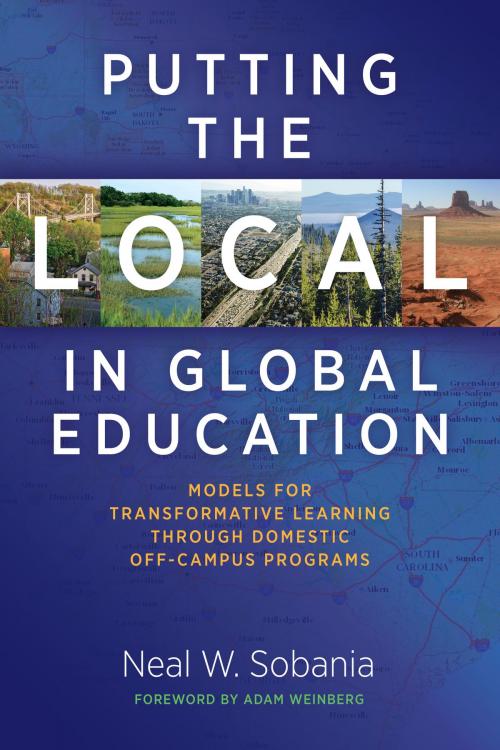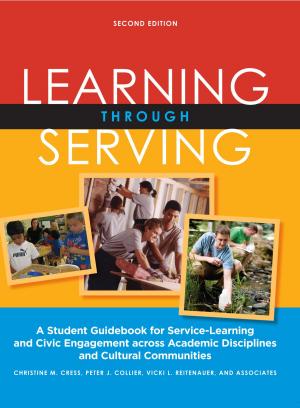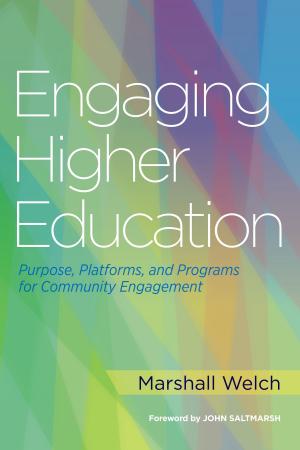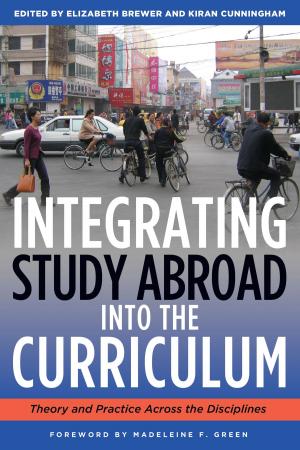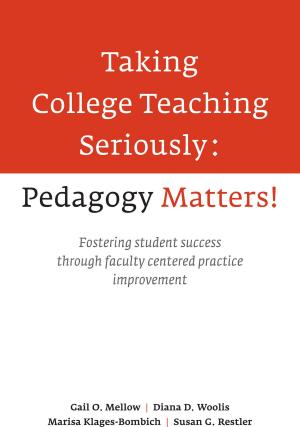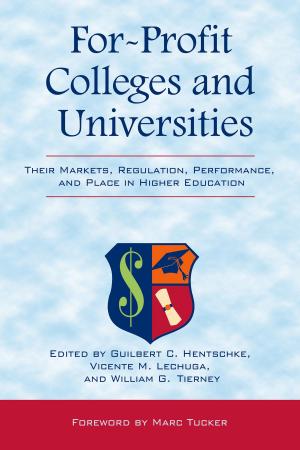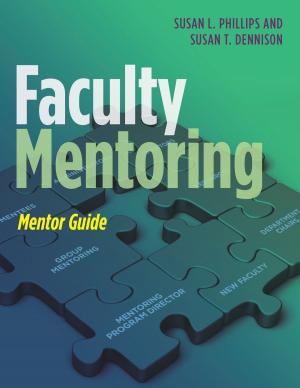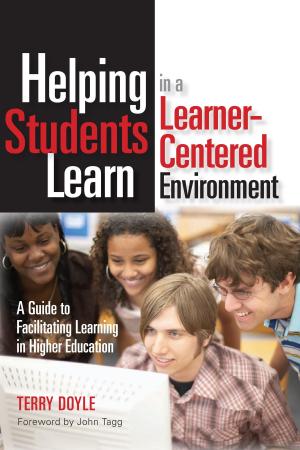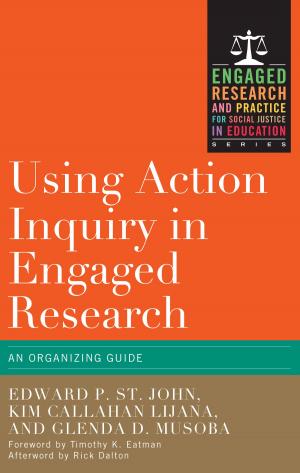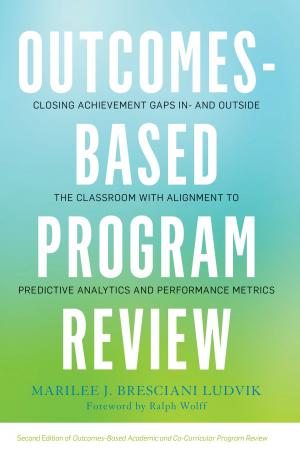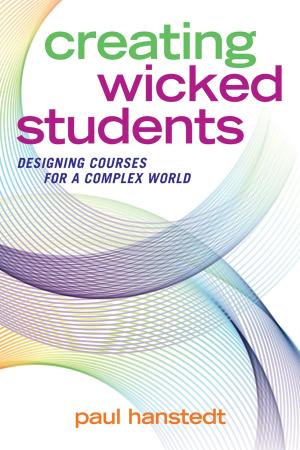Putting the Local in Global Education
Models for Transformative Learning Through Domestic Off-Campus Programs
Nonfiction, Reference & Language, Education & Teaching, Non-Formal Education, Higher Education| Author: | ISBN: | 9781620361702 | |
| Publisher: | Stylus Publishing | Publication: | May 25, 2015 |
| Imprint: | Stylus Publishing | Language: | English |
| Author: | |
| ISBN: | 9781620361702 |
| Publisher: | Stylus Publishing |
| Publication: | May 25, 2015 |
| Imprint: | Stylus Publishing |
| Language: | English |
This book presents both the rationale for and examples of “study away”, an inclusive concept that embraces study abroad while advocating for a wide variety of domestic study programs, including community-based education programs that employ academic service-learning and internships.
With the growing diversification—regionally, demographically, culturally, and socio-economically—of developed economies such as the US, the local is potentially a “doorstep to the planet” and presents opportunities for global learning. Moreover, study away programs can address many of the problematic issues associated with study abroad, such as access, finance, participation, health and safety, and faculty support. Between lower costs, the potential to increase the participation of student cohorts typically under-represented in study abroad, the lowering of language barriers, and the engagement of faculty whose disciplines focus on domestic issues, study at home can greatly expand the reach of global learning.
The book is intended for study abroad professionals, multicultural educators, student affairs professionals, alternative spring break directors, and higher education administrators concerned about affordably expanding global education opportunities.
With the growing diversification—regionally, demographically, culturally, and socio-economically—of developed economies such as the US, the local is potentially a “doorstep to the planet” and presents opportunities for global learning. Moreover, study away programs can address many of the problematic issues associated with study abroad, such as access, finance, participation, health and safety, and faculty support. Between lower costs, the potential to increase the participation of student cohorts typically under-represented in study abroad, the lowering of language barriers, and the engagement of faculty whose disciplines focus on domestic issues, study at home can greatly expand the reach of global learning.
The book is intended for study abroad professionals, multicultural educators, student affairs professionals, alternative spring break directors, and higher education administrators concerned about affordably expanding global education opportunities.
This book presents both the rationale for and examples of “study away”, an inclusive concept that embraces study abroad while advocating for a wide variety of domestic study programs, including community-based education programs that employ academic service-learning and internships.
With the growing diversification—regionally, demographically, culturally, and socio-economically—of developed economies such as the US, the local is potentially a “doorstep to the planet” and presents opportunities for global learning. Moreover, study away programs can address many of the problematic issues associated with study abroad, such as access, finance, participation, health and safety, and faculty support. Between lower costs, the potential to increase the participation of student cohorts typically under-represented in study abroad, the lowering of language barriers, and the engagement of faculty whose disciplines focus on domestic issues, study at home can greatly expand the reach of global learning.
The book is intended for study abroad professionals, multicultural educators, student affairs professionals, alternative spring break directors, and higher education administrators concerned about affordably expanding global education opportunities.
With the growing diversification—regionally, demographically, culturally, and socio-economically—of developed economies such as the US, the local is potentially a “doorstep to the planet” and presents opportunities for global learning. Moreover, study away programs can address many of the problematic issues associated with study abroad, such as access, finance, participation, health and safety, and faculty support. Between lower costs, the potential to increase the participation of student cohorts typically under-represented in study abroad, the lowering of language barriers, and the engagement of faculty whose disciplines focus on domestic issues, study at home can greatly expand the reach of global learning.
The book is intended for study abroad professionals, multicultural educators, student affairs professionals, alternative spring break directors, and higher education administrators concerned about affordably expanding global education opportunities.
